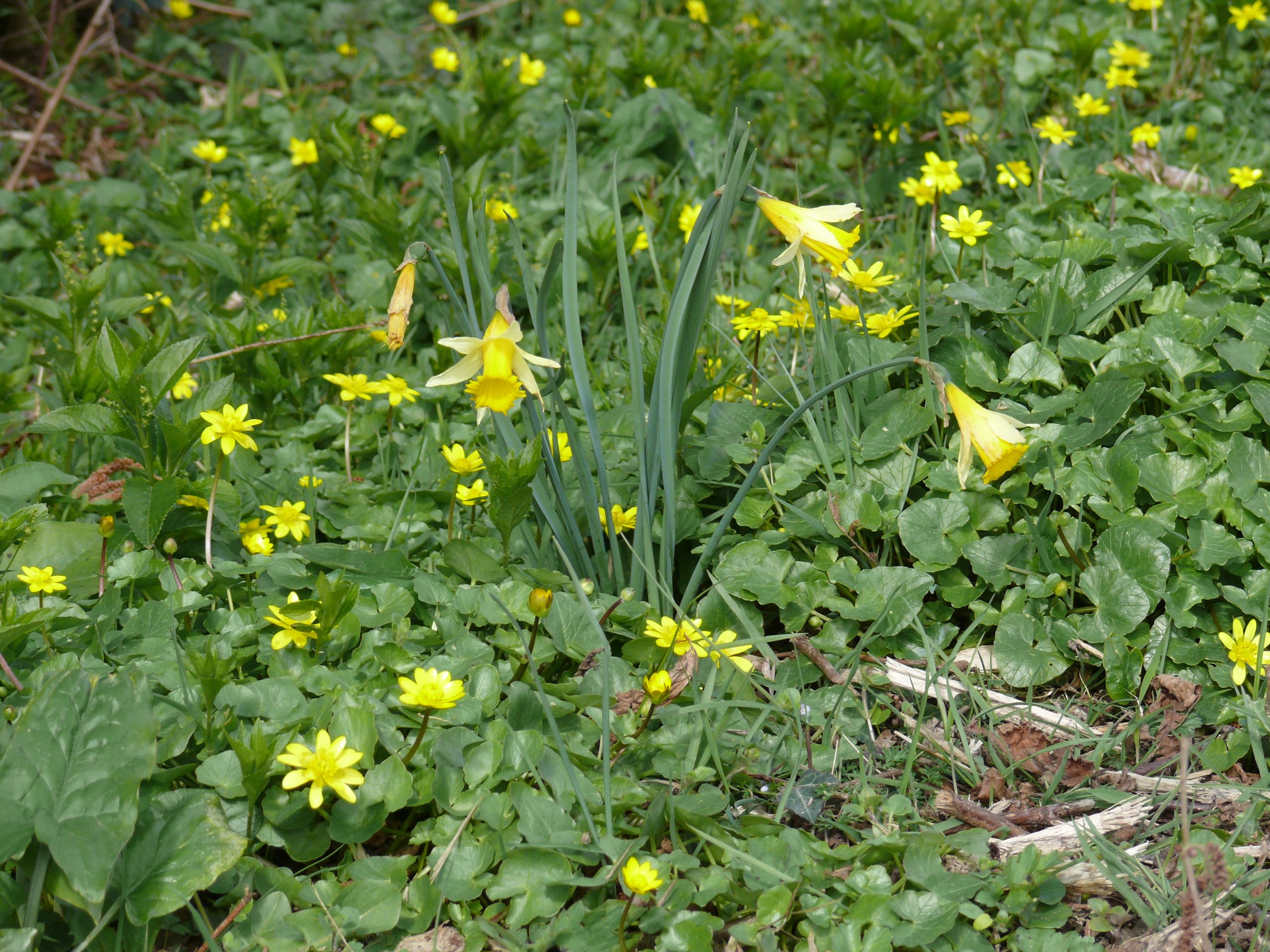Spirit kite
The arrival of a strange, whitish-pink kite made me think of the time when this was a ghost of a species, hovering at the edge of oblivion.
The arrival of a strange, whitish-pink kite made me think of the time when this was a ghost of a species, hovering at the edge of oblivion.

There are said to be no more than ten of them in the world: the rare, strange, whitish-pink form of what would normally be called a red kite. Almost all the world’s red kites are found in western Europe, and most of those are in the UK, Germany, France, Spain and Sweden. They mostly inhabit human landscapes – farms, villages and towns – and therefore it is likely that all the spirit-kites in the world are known, and ten is probably a reliable estimate of their number.
Leucism in birds – a condition that prevents pigments from being transported to certain areas of feathering, leaving them washed-out or wholly white – is rare, but regularly noticed among common birds like blackbirds. These are usually called albino blackbirds, or partial albinos. However, albinism is something different, and even rarer, where the bird’s metabolism produces no colour at all, so that even its eyes lack pigment, showing only as background pink. Partial albinism, therefore, does not exist.

I happened to be staying not far from Rhayader for a few days, where Gigrin Farm is famously the place to see red kites en masse. Up to 300 appear at feeding time – 2 pm GMT, 3pm BST. Wild kites have been provided with supplementary food there since 1993, when the species was still in a fragile state and the RSPB was looking for a farm that would collaborate in boosting the success of the slowly growing population in mid-Wales. I have been writing and lecturing about kites and other threatened species, and realised I had a chance to add to my collection of photos with which to illustrate my talks.
One or two leucistic kites had been putting in an occasional appearance there for the past year, but I didn’t particularly expect to see one. When I did, it immediately reminded me of the rare spirit-bears of British Columbia, a beautiful off-white form of American black bear. Spirit-kite, then, is my name for this strange, rare bird.
The ghost of a bird
If it had been pure white, it would have left less of an impression on me. There was something ethereal about a bright red bird reduced to a frosted vision of itself. And something spirit-like about this supremely aerial raptor translated into pink, animated porcelain. Most of all, it made me think of the ghostly gone-bird it so nearly became.
The story of the red kite is too well-known to justify me using much space on it here. Suffice to say that in the 1890s, when a handful of enthusiasts were trying desperately to protect the last half-dozen or so nests from raptor-killers and egg collectors, all seemed hopeless. The wilder parts of central Wales were the last place to see kites, and that remained the case when I saw my first at Tregaron in 1972. In the meantime, from 1903 onwards there had been an organised effort supported by the UK ornithological establishment which for decades seemed to be getting nowhere. One way or another, red kite conservation has been more or less continuous since then, by far the longest programme of work for a single threatened species anywhere in the world.
Now, the UK is the world stronghold of a species that is doing spectacularly well here, pretty well in Sweden, and not too well anywhere else. Small numbers of British kites are now being translocated back into Spain in a reverse of the international cooperation that helped recover the species here. The UK population is around 6,000 pairs.










